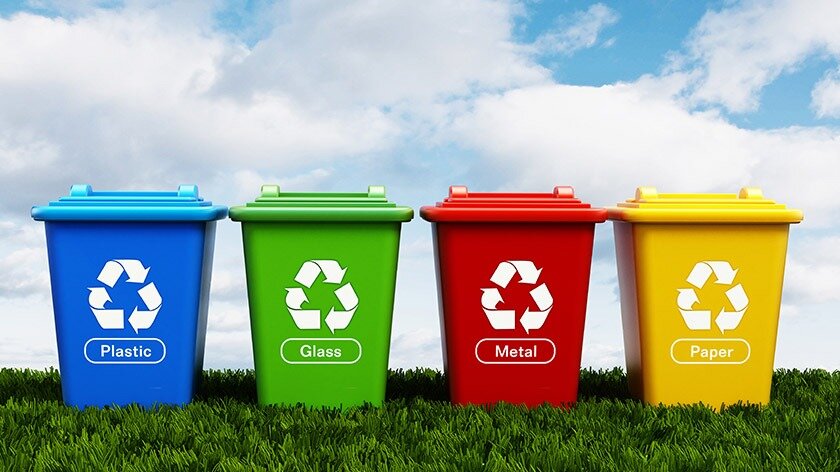Waste recycling can generate $10b in value-added products

TEHRAN- The development of the waste recycling industry can lead to $10 billion in value-added products per year, head of the Iranian Recycling Industries Association has stated.
It can produce value-added products worth up to $10 billion annually, ISNA quoted Seyed Tohid Sadrnejad as saying on Wednesday.
Stating that only one to two percent of the country's valuable waste is recycled in authorized industrial units, he estimated the value of the waste market at $2.5 billion per year, of which just $500 million enters the domestic economy officially.
According to him, with the development of waste management, about 1.2 million sustainable jobs can be created in the country.
Poor waste management brings the country an annual loss of 440 trillion rials (about $10.5 billion), Hassan Pasandideh, head of waste management affairs at the Department of Environment (DOE), has said.
Referring to dry waste as an economic commodity, he said that waste can generate employment and income, as well as helping to manage the environment.
“Currently, we have specific regulations for medical and agricultural waste disposal, but we also need to develop regulations for hazardous and industrial waste, which is planned to be determined,” he highlighted.
Meanwhile, Sadr-o-din Alipour, the director of the environment and sustainable development department of Tehran Municipality, has said that over 3,000 tons of plastic waste are generated per day in the country, which reaches 1 million tons in a year.
Ali Moridi, head of soil and water office at the DOE, said in October 2018 that while reduction of waste generation and separation of waste at source are the two major processes in waste management, in Iran the focus is mainly on the last phase of waste management which is waste disposal, which will slow down the path to waste minimization and waste sorting at source.
Although proper waste management could solve the country's environmental problems, the budget requested by the DOE for waste management has not been approved by the Majlis [Iranian parliament], he lamented.
According to a report published by United Nations Industrial Development Organization (UNIDO) in October 2016, waste generation per capita in Iran’s urban areas is about 658 grams per day while Iranian waste generation per capita in rural areas is about 220-340 grams per day. Average Iranian waste generation per capita amounts to some 240 kilograms per year.
In Tehran alone waste generation per capita is estimated at 750-800 grams per day and each Tehrani citizen generates about 270-450 kilograms of waste per year.
The report continues that unfortunately only 7 percent of the waste is separated at the source, 13 percent is recycled and only 2.5 percent of them end up in formal or sanitary landfills and some 77.5 percent of the waste will be burnt or buried in informal landfills located in the countryside or deserts near cities.
FB/MG
